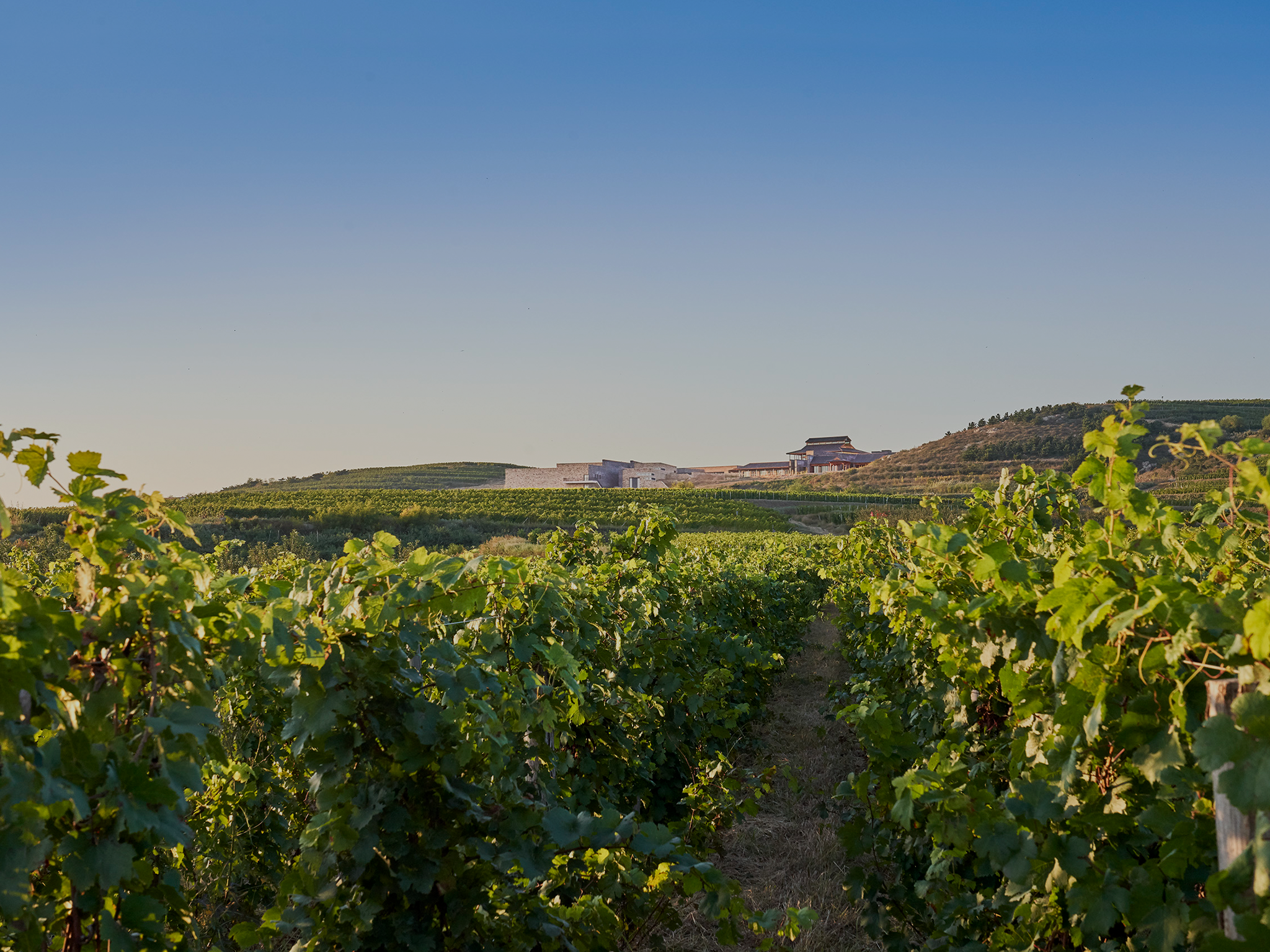Long Dai

The vintage
The most notable characteristic of this vintage was the relatively dry start to the growth season. The lack of water enabled better control of the overly vigorous growth that typically occurs later, especially in the second phase of the season, which is traditionally accompanied by rainy spells. Particularly heavy rain arrived on 3 August (150 mm in a few hours) followed by a hailstorm on the western side of the vineyard on 5 August. Although dramatic, neither of these events had a significant direct impact on the vines, the damage being limited to some washout erosion in some of the steeper areas.
We benefitted from beautiful late summer weather throughout the ripening period. Differences between day and night-time temperatures were more marked this year, which was good for the grapes’ phenolic development, and also helped to keep the vines in optimal health.
In order to harvest at the best time, we made up to three rounds of selective picking among the various plots. The low rainfall at the start of the season strongly influenced yields, which were around 20 hl/ha.
The very precise zoning of the plots resulted in the harvests being spread over a longer period. These began on 8 September and ended on 25 October, with a total of ten full days of picking.
Location
Domaine de Long Dai is nestled at the heart of the Qiu Shan Valley in the Shandong Province in the North eastern part of China. The climate here is tempered by the influence of the Yellow Sea located a mere 20 km away. The region is highly dependent on agriculture and the milder winters combined with the granitic soils make it a place of interest to grow vines.
Terroir
The 30 hectares of vineyards are spread across 360 terraces as per the traditional agriculture in the region. This has enabled to preserve the landscape and the soil structure, but also requires lots of extra manual work and the use of adapted machinery. Everything has been set up to practice a viticulture of great precision. Disbudding and green harvesting naturally reduce yields and allow the grapes to reach their phenolic maturation.
The winter here is dry and cold but not as cold as in other regions. Earthing up the lower part of the stems is generally sufficient to protect the vines from the frost.
The summer is warm with a short rainy season during July-August, which is followed by two months of dry weather during the critical time of the ripening period. Due to the ripening variations induced by the terracing systems, each terrace is harvested in several passes to ensure all the grapes are at their optimal level of ripeness.
Winemaking
The wine is made according to the traditional Bordeaux method. The fermentation is started immediately, with gentle pumping-over to ensure a gentle extraction of the tannins. Total maceration time lasts between 18 and 20 days. After malolactic fermentation, the wines are blended prior to ageing in oak barrels. Most of the barrels are made by the Tonnellerie des Domaines in Pauillac.
The wine is bottled at the estate.
Grapes
Tasting
The nose is marked by black fruits like blackberry and blueberry, and the Marselan grape variety brings in subtle hints of sweet spice and violet. The attack is fresh and lively, on the palate, the wine shows a nice amplitude and elegant tannins that have benefited from an ageing of 18 months in French oak barrels.
Downloads

